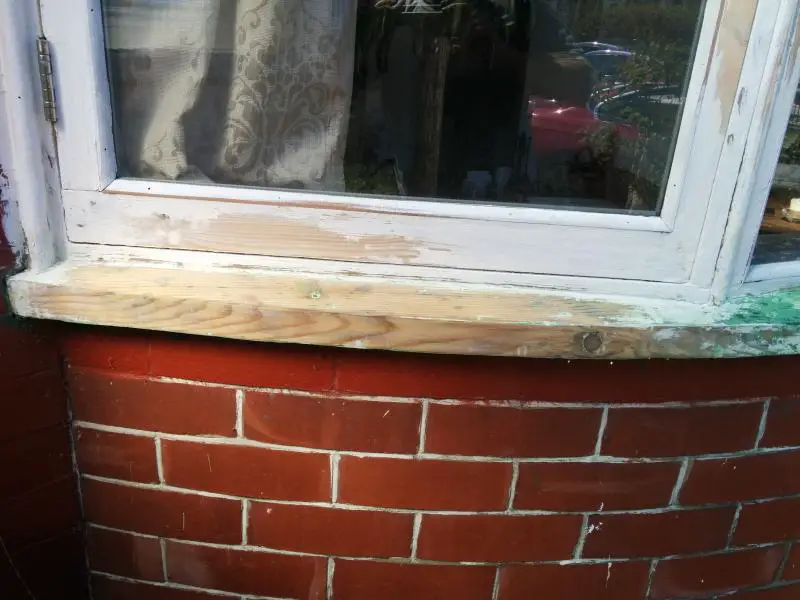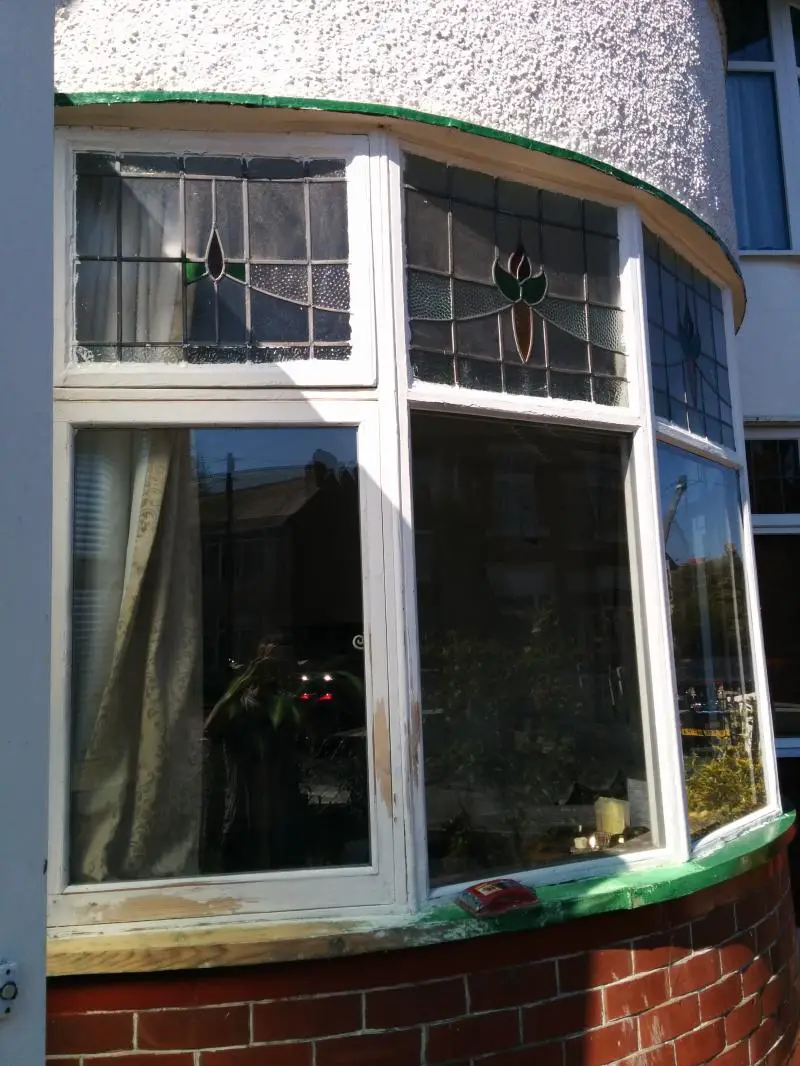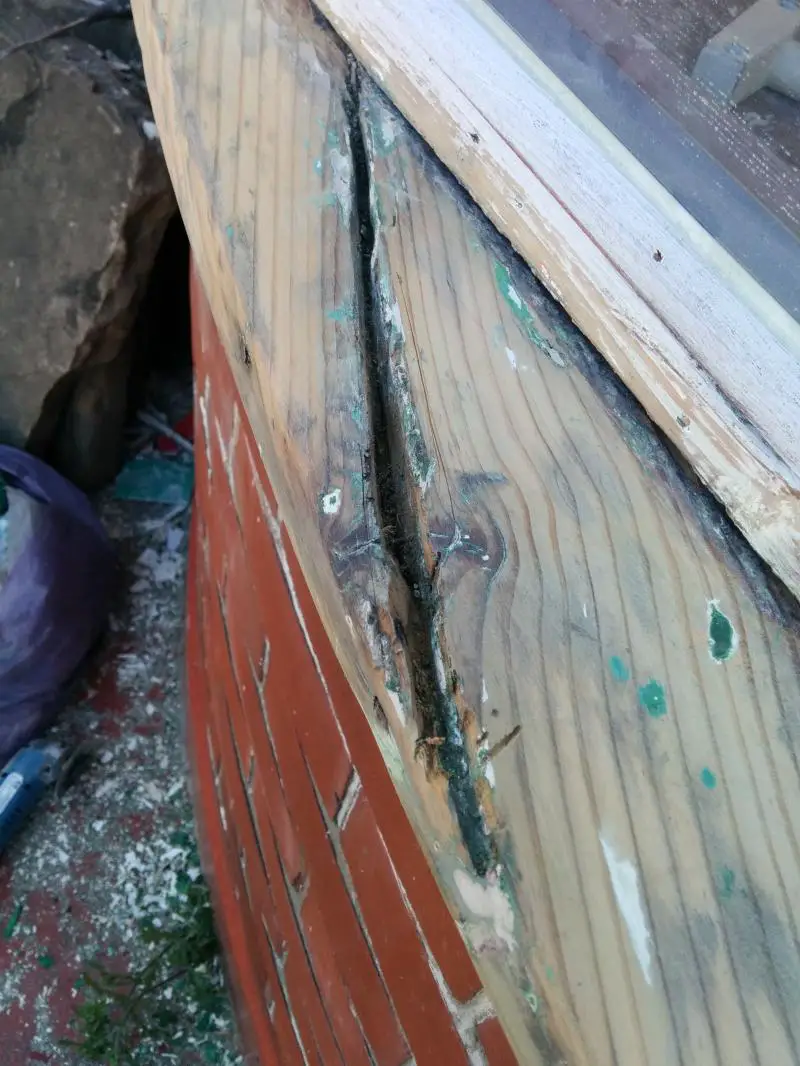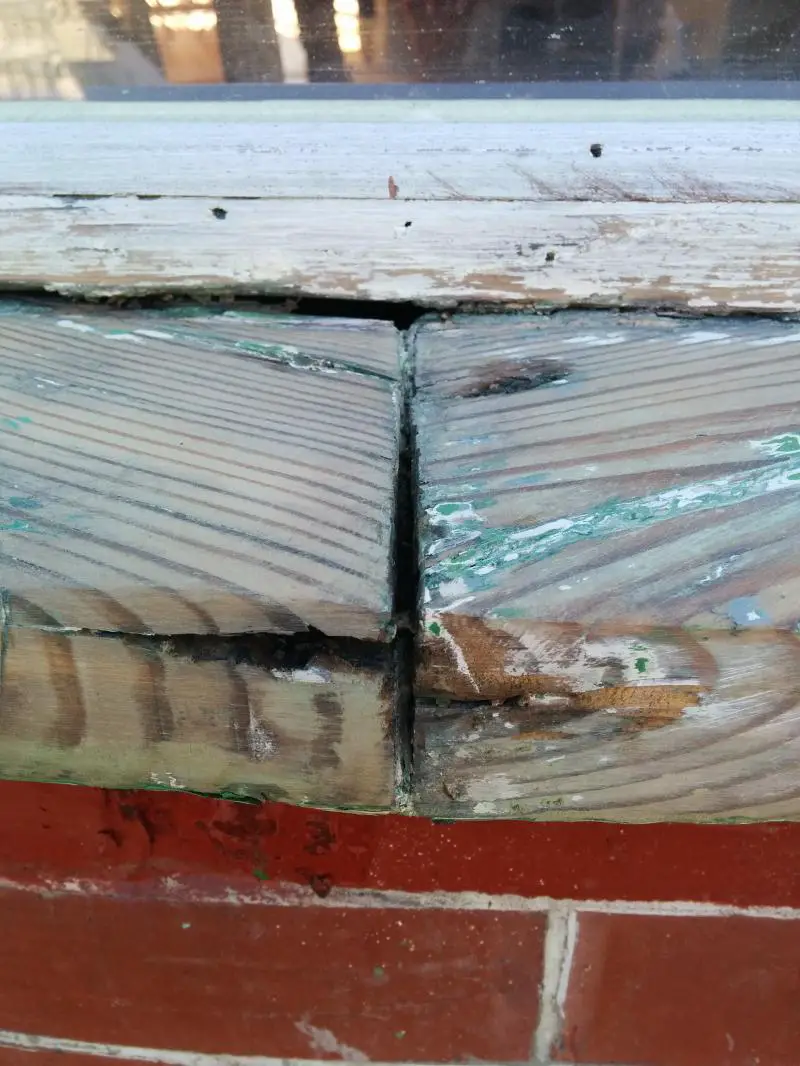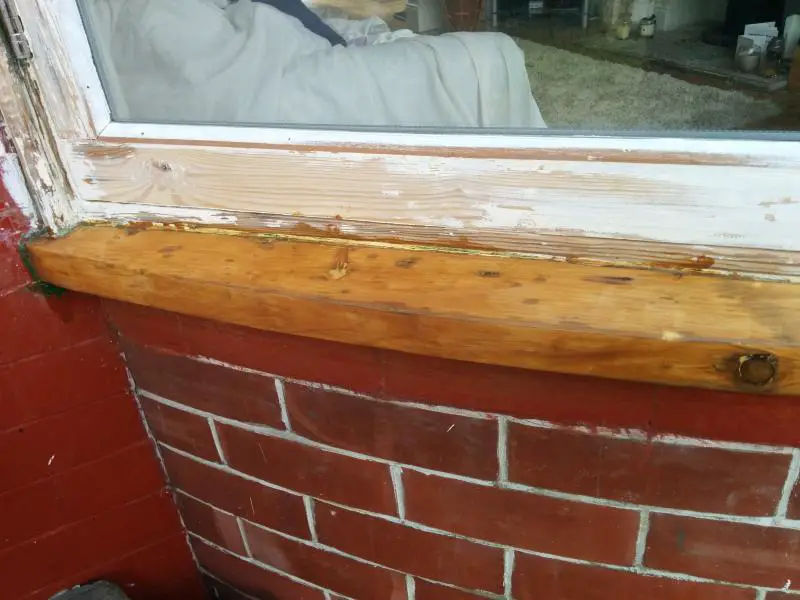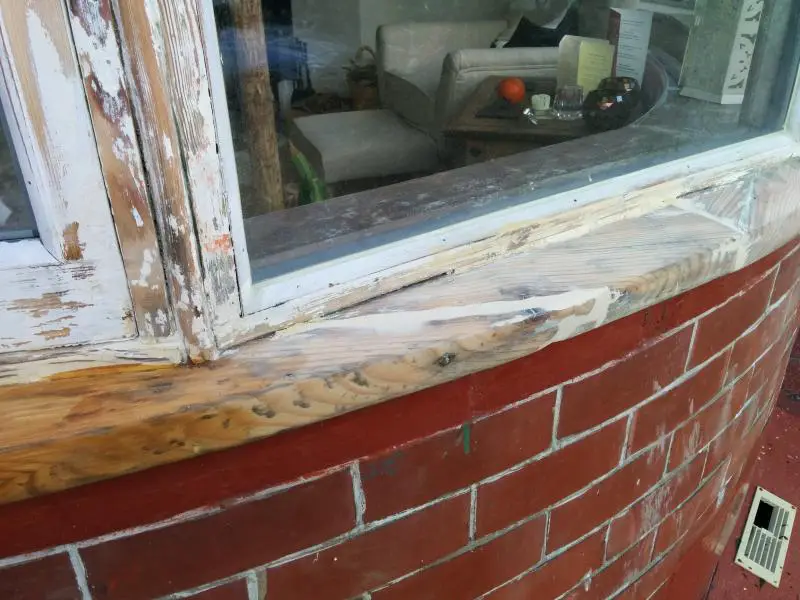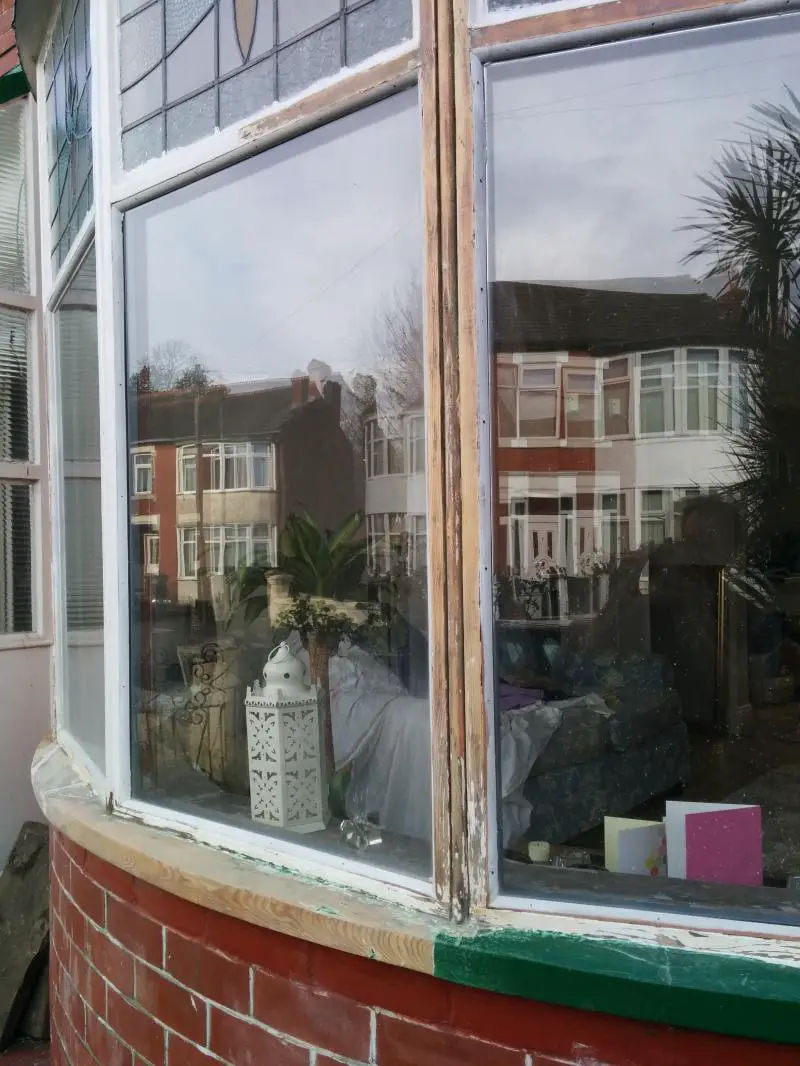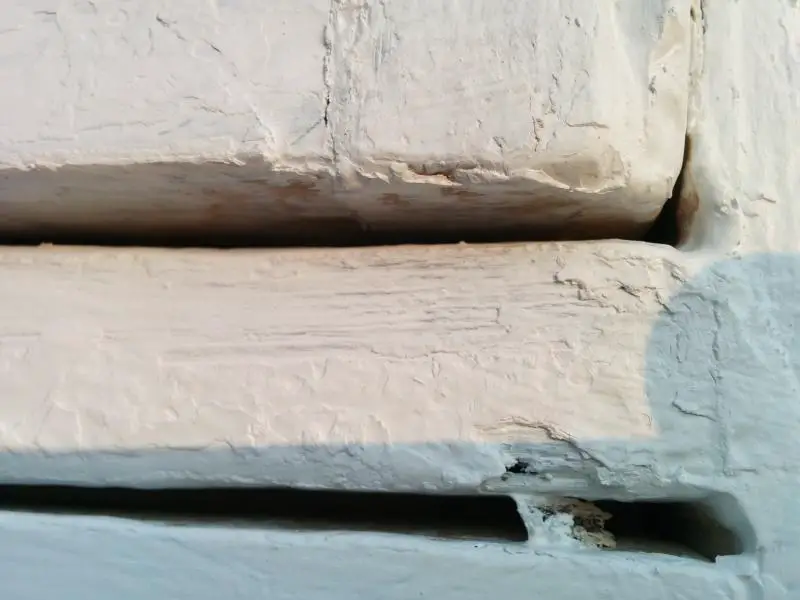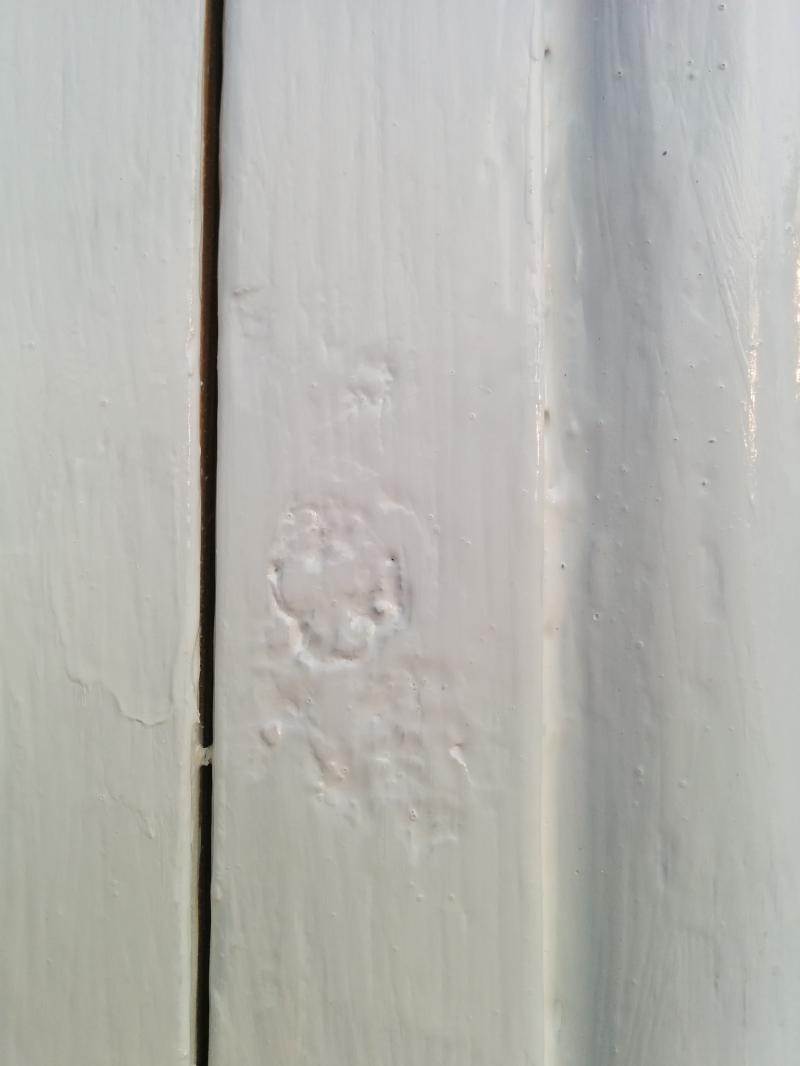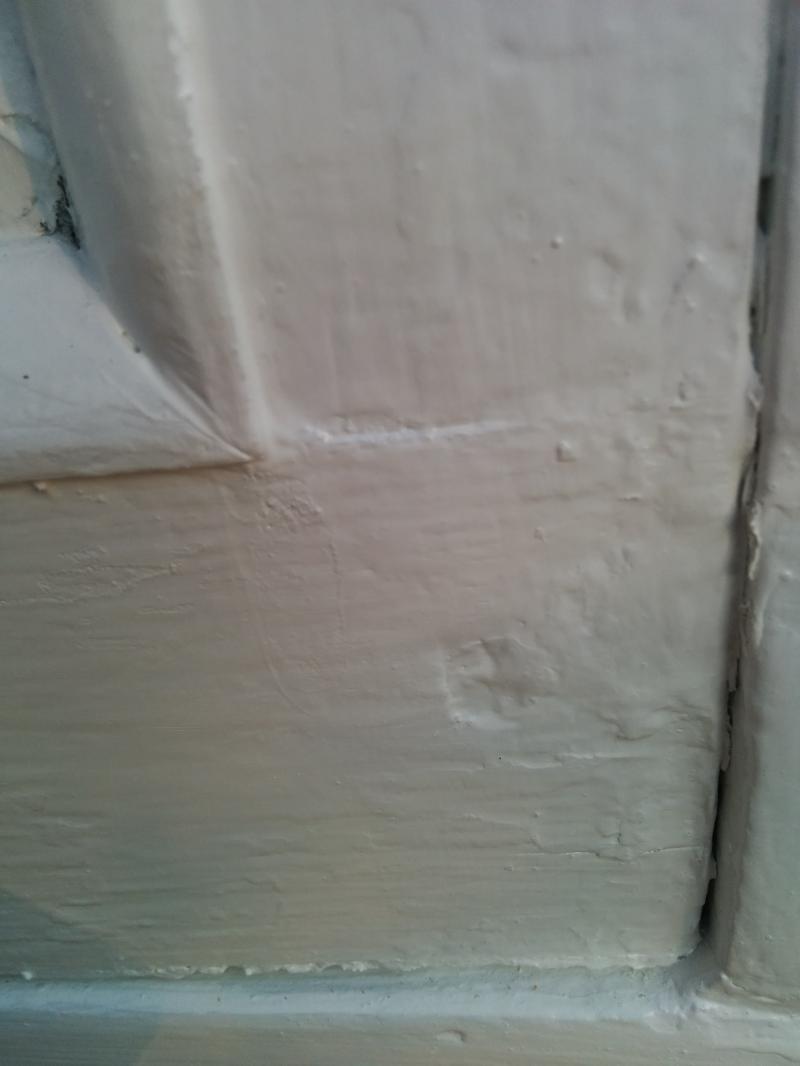- Joined
- 11 Jul 2007
- Messages
- 440
- Reaction score
- 3
- Country

I started off sanding the windows to paint, however the wood looks nice, so thinking of painting the frames (as they're a pain to sand) but doing something with the window sill.
I'm sanding them back, removing all the old filler and rotten wood.
Looking for advice on how to fill the cracks then what to treat the wood to preserve it and keep it looking good.
Please bear in mind, today being a Sunday I'm limited to the metal sheds for places to buy.
Any and all advice is welcome, from sanding filling to finish and colour
Cheers
I'm sanding them back, removing all the old filler and rotten wood.
Looking for advice on how to fill the cracks then what to treat the wood to preserve it and keep it looking good.
Please bear in mind, today being a Sunday I'm limited to the metal sheds for places to buy.
Any and all advice is welcome, from sanding filling to finish and colour
Cheers

